Bloke blues: Anthony Albanese fails to sway men, blue-collar workers
Labor on track to lose next election as it struggles to win back votes in NSW, WA and Queensland, Newspoll shows.
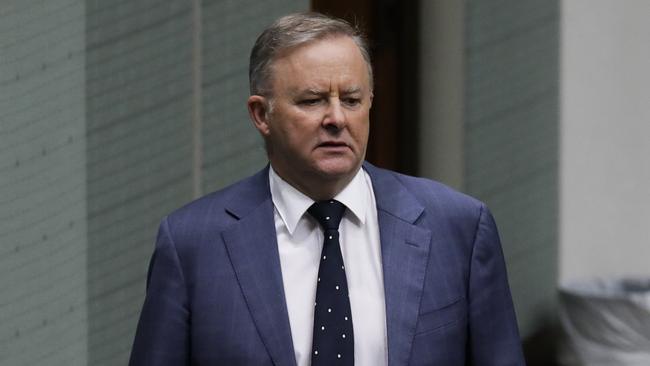
Anthony Albanese is on track to lose the next election with Labor struggling to win back votes in the battleground states of NSW, Queensland and Western Australia, and the Coalition retaining support gained during the pandemic across key demographics, an analysis of Newspoll shows.
Conducted for The Weekend Australian, the analysis breaks down surveys conducted between August 26 and November 28 based on state, gender, education, income and religion.
As the Opposition Leader faces challenges on multiple fronts as he attempts to put Labor in a competitive position ahead of an expected early election next year, the Newspoll snapshot shows large swathes of Australians remain undecided about Mr Albanese’s performance.
Despite Labor gaining ground following the bushfires earlier this year, a one-in-100-year pandemic and COVID-19 economic recession have left Mr Albanese struggling win over male voters, blue-collar workers and households across all income brackets.
While the Coalition leads Labor on a two-party-preferred split of 51 to 49 per cent, the government commands a primary vote of 43 per cent to Labor’s 35 per cent and Scott Morrison has maintained personal popularity spikes recorded during the pandemic.
The Newspoll analysis, which breaks down 8123 interviews, shows Labor trailing the Coalition in NSW, Queensland, South Australia and Western Australia.
The major parties are locked at 39 per cent primary vote in Victoria, with Labor claiming a two-party-preferred lead helped by Greens preferences.
Queensland Premier Annastacia Palaszczuk’s success in the October state election, assisted by the collapse in voter support for One Nation, has not been replicated at a federal level. Labor trails the Coalition in Queensland by 16 points on primary vote and 57 to 43 per cent after preferences.
Almost one in two Queenslanders are dissatisfied with Mr Albanese, who has been criticised by some Labor MPs for failing to visit coal mines and deliver stronger support for mining communities.
The Coalition has also gained ground in Mr Albanese’s home state of NSW, holding a 44 to 36 per cent primary vote lead and moving ahead 51 to 49 per cent after preference flows.
Mr Albanese — a passionate South Sydney Rabbitohs supporter, who has a beer named after him — continues to struggle in winning over male voters. The gender split shows the Coalition and Mr Morrison commanding significantly stronger support from men. Between August and November, Australian men backed the Coalition over Labor 44 to 34 per cent on primary vote. Almost 60 per cent of male voters supported Mr Morrison as the better prime minister ahead of Mr Albanese on 31 per cent.
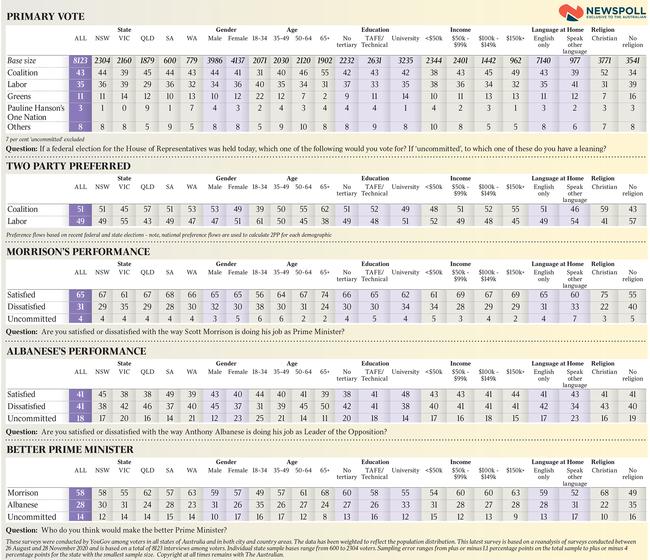
The data shows Mr Albanese is failing to convince Australian women, with female voters supporting the Coalition 41 to 36 per cent on primary votes. But on a two-party-preferred basis when preferences of minor parties are tallied, Labor holds a two-point advantage.
When judging Mr Albanese’s performance, 23 per cent of female voters were uncommitted with 40 per cent saying they were satisfied and 37 per cent expressing dissatisfaction. Women also support Mr Morrison over Mr Albanese as preferred prime minister by 57 to 26 per cent, with 17 per cent uncommitted.
Mr Albanese, who is finalising a frontbench reshuffle and facing pressure over Labor’s climate change ambitions ahead of the ALP national conference on March 30, had promised to drag the party back to the centre after Bill Shorten’s radical policy agenda led to election defeats.
But looking at voter sentiment by education level, including Australians without any tertiary qualifications and those with TAFE or technical qualifications and university degrees, Labor trailed the Coalition across all categories.
While Labor performed slightly better among university-educated voters on a two-party-preferred basis, this was linked with lower levels of support for One Nation and a higher Greens primary vote.
Across all education categories, Australians rated Mr Morrison’s performance better than Mr Albanese’s including 66 per cent of voters without tertiary qualifications who were satisfied with the Prime Minister. In contrast, Mr Albanese attracted an approval rating of 38 per cent with 42 per cent dissatisfied.
The Newspoll analysis highlighted Labor’s challenge in winning back middle Australia, with the Coalition holding sizeable leads across household income brackets. Mr Morrison, who has improved the Coalition’s standing among households with less than $50,000 income, compared with last year’s December quarterly analysis, holds significant primary vote leads among Australians earning more than $50,000. Labor trails the Coalition by seven points in the $50,000-$99,000 category, 11 points among households with incomes of between $100,000 and $149,000 and 17 points in the $150,000-and-over bracket.
Following Mr Albanese’s $6.2bn childcare policy, announced in his October budget-reply speech, Labor recorded slight improvement in support from households earning more than $150,000.
Under the plan, which Mr Morrison claimed would benefit the top 10 per cent of earners, Labor has pledged to scrap the childcare subsidy cap, lift the maximum subsidy rate to 90 per cent and increase subsidy rates and taper them for families earning up to $530,000.
The Newspoll analysis shows the Coalition’s primary vote among Australians aged 18-34 has slipped in recent months. But support among younger voters for Mr Morrison’s performance remains high at 56 per cent.
Ahead of the JobKeeper wage subsidy ending in March and amid ongoing economic and health crises, voters aged 35 and over strongly back the Coalition and Mr Morrison. Among voters aged 50-64 and over 65, the Coalition leads Labor by 12 and 24 points.
After swings against Labor in traditionally safe seats last year — linked to Mr Shorten’s mishandling of the religious freedom debate — the ALP is struggling with Christian voters. Of the 3771 voters who identified as Christian, the Coalition leads Labor 52 to 31 per cent on primary vote. Labor holds a four-point lead among non-faith voters. With the Morrison government preparing to put it religious discrimination legislation back on the agenda in the new year after shelving it during the pandemic, 75 per cent of Christians said they were satisfied with Mr Morrison’s performance.
The contest for ethnic votes ahead of the election, including the sizeable Indian-Australian and Chinese-Australian communities, is viewed by Labor strategists as critical in winning and holding swing seats.
While the Coalition leads in all polling categories for English-speaking voters, the government narrowly trailed Labor in voter support among Australians who speak other languages at home.
Voters who speak other languages at home put Mr Morrison ahead of Mr Albanese as better prime minister at 52-31 per cent.


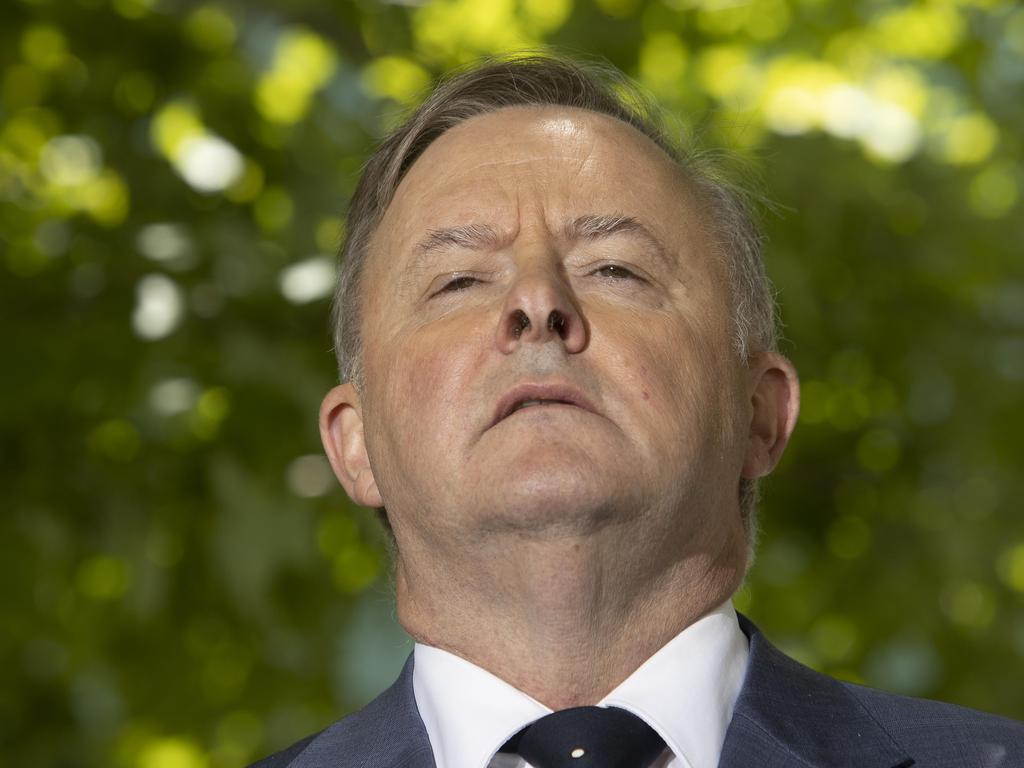
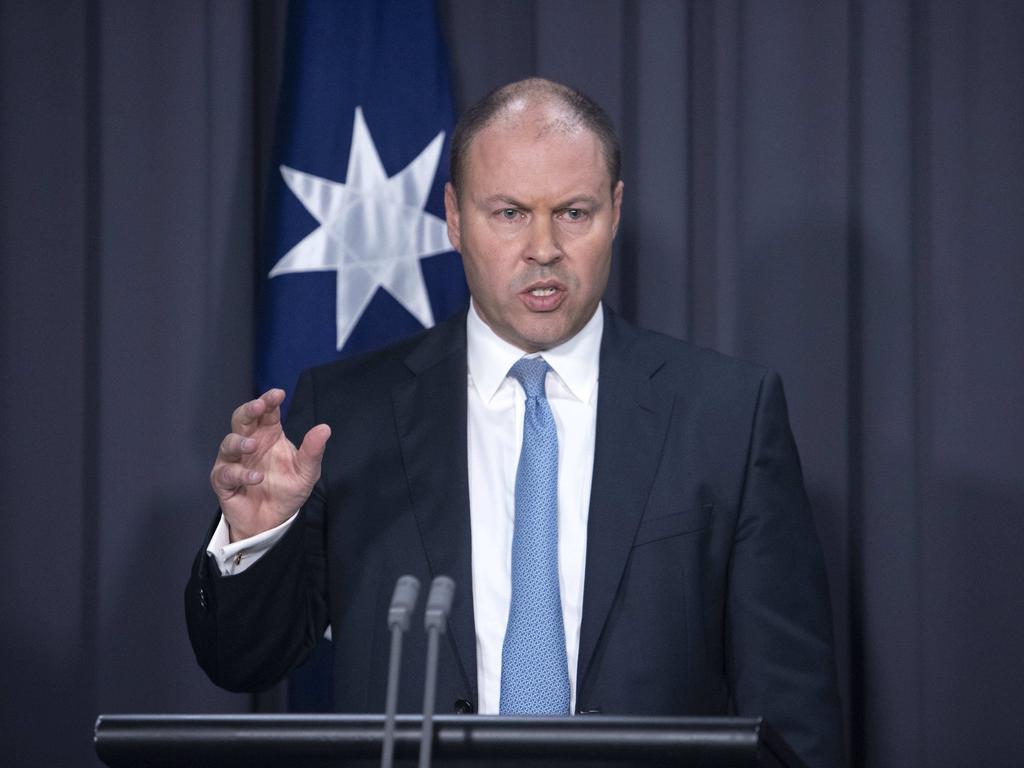
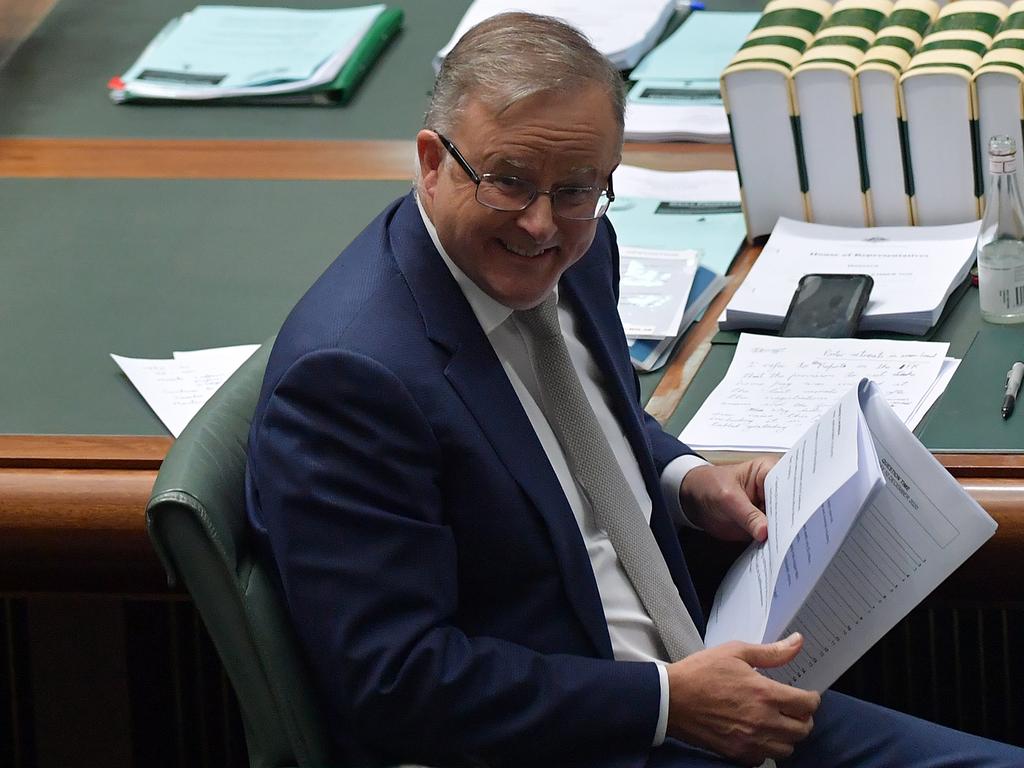
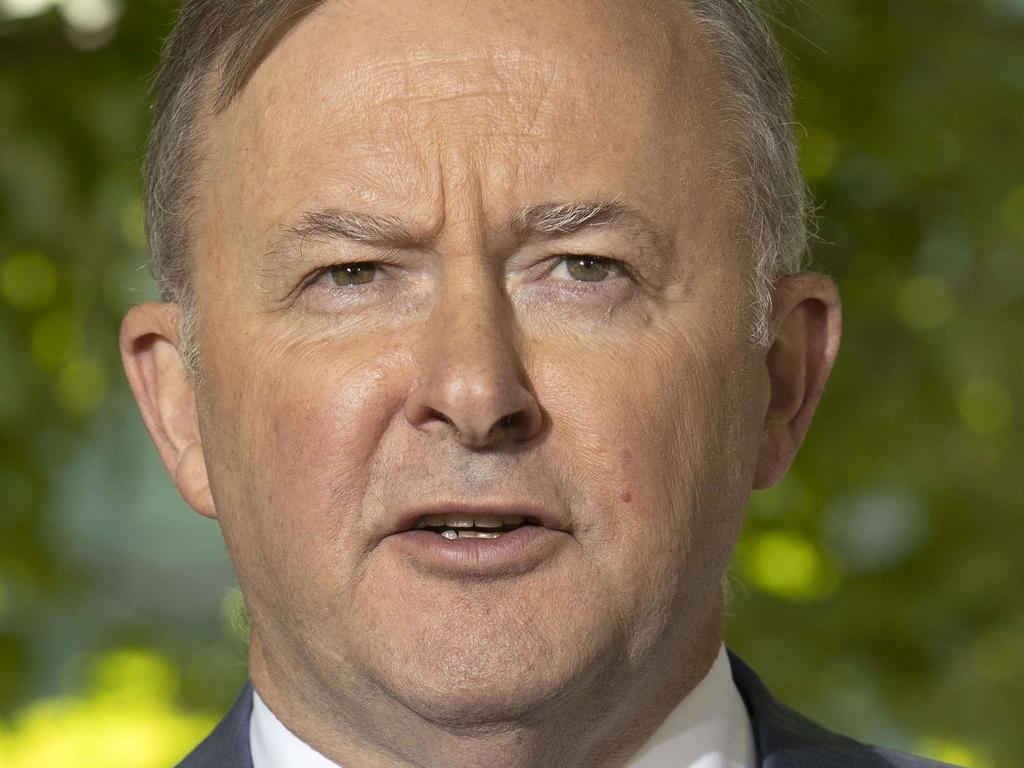
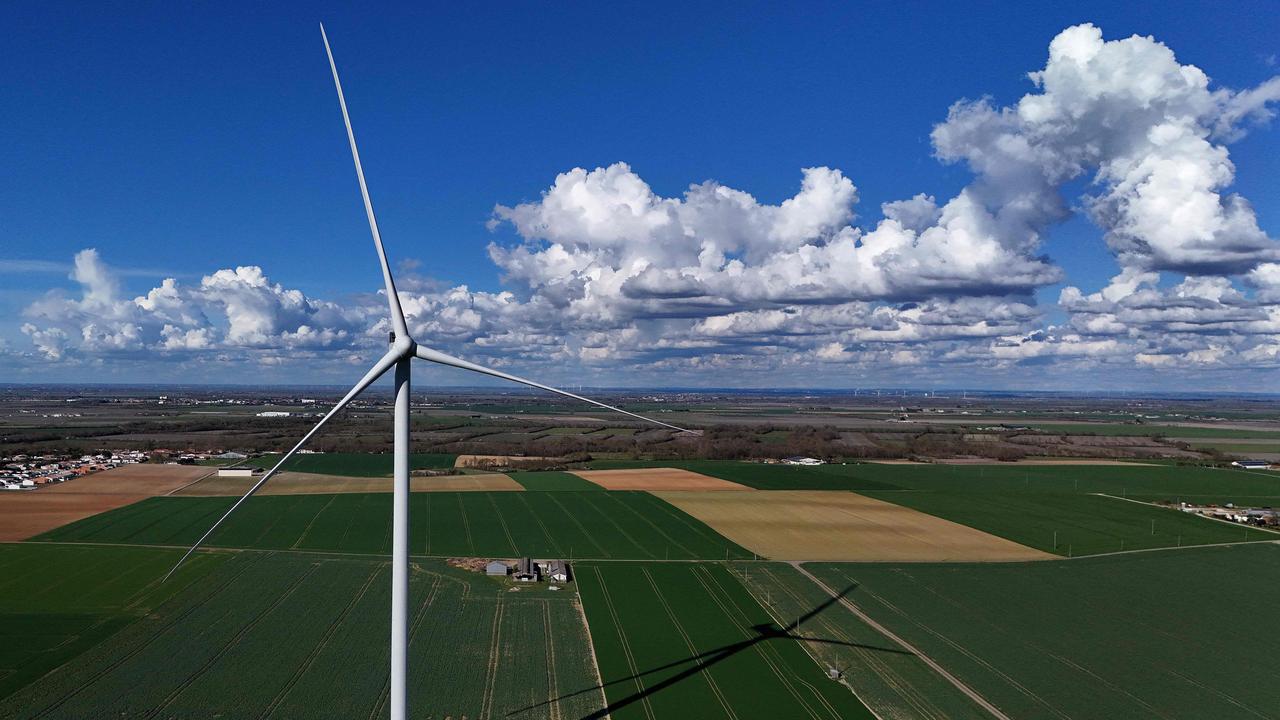
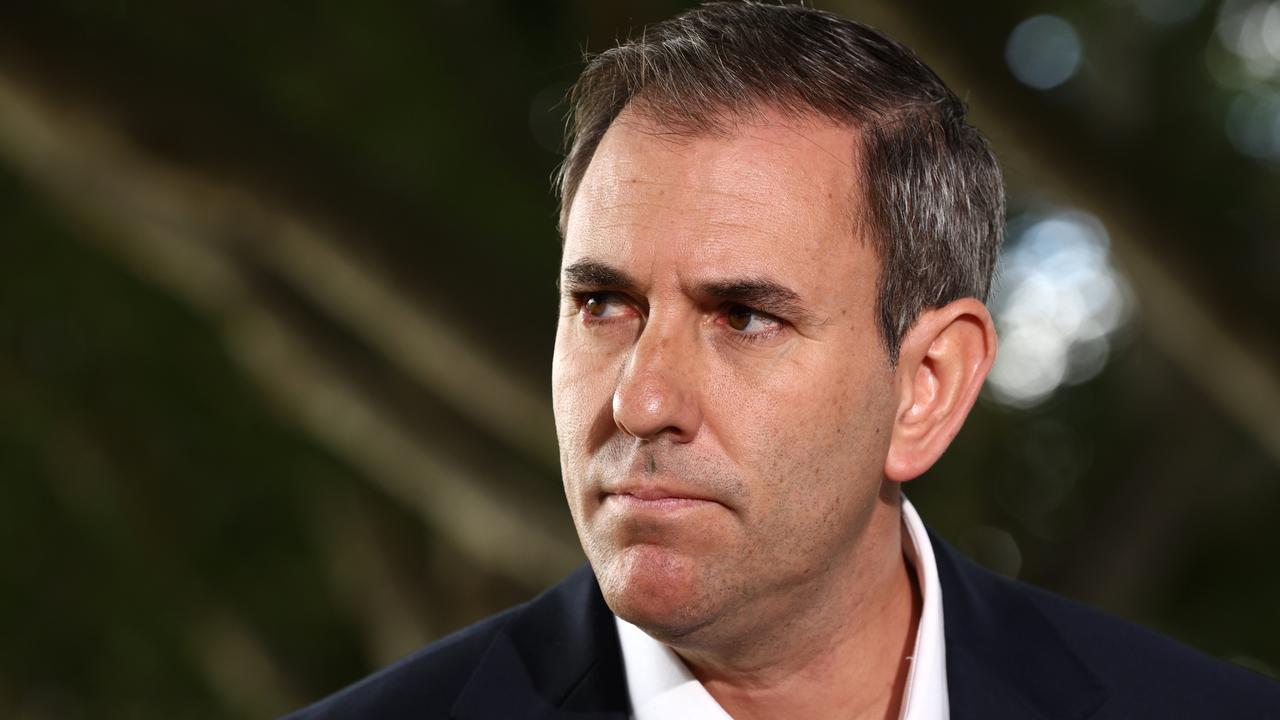
To join the conversation, please log in. Don't have an account? Register
Join the conversation, you are commenting as Logout